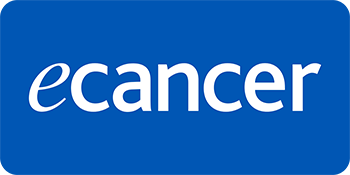Background: Locally advanced cervical cancer (LACC) can result in obstructive uropathy (OU). Urinary diversion (UD) is the treatment of LACC patients with OU. This study assessed the benefits of UD before or during radiotherapy by examining its effect on improving kidney function and survival in patients with LACC.
Materials and methods: The study retrospectively analysed the clinical data of 119 women with LACC treated from January 2020 to December 2021. The treatment intention (radical or palliative) was decided by a multidisciplinary team based on the disease stage, Karnofsky performance status and degree of renal derangement. Treatment and outcome details were retrieved from electronic records. This included obtaining serum creatinine levels before the UD, 7 days after, 21 days after and 1 month after the UD. Time to normalisation of serum creatinine, feasibility of delivering planned treatment and overall survival were determined. The impact of various prognostic factors on outcomes was determined using univariate or multivariate analysis. The significance level was set at 0.05.
Results: The mean age was 51.1 ± 9.9 years. Approximately a third of patients underwent UD. Percutaneous nephrostomy was the most frequently performed type of UD (92%). About 85% of patients had hydronephrosis, and 56.3% had unilateral hydronephrosis. The mean baseline serum creatinine level was 662 µmol/L for the entire cohort. There was a 53% reduction of serum creatinine from the baseline to 30 days post-UD (p = 0.001). The median equivalent dose in 2-Gy (EQD2) for the whole cohort was 86 Gy. The median survival time for the entire cohort was 20 months. In the multivariate analysis, UD resulted in a 40% decreased mortality risk (aHR 0.6, p-value = 0.03). Patients who did not receive brachytherapy had 5.9 times more risk of mortality compared to those who had brachytherapy (aHR 5.9, p-value = 0.001). EQD2 ≥72 Gy was associated with 40% less mortality risk than those who had EQD2 of <72 Gy (aHR 0.4, p-value = 0.005). Patients with a maximum tumour diameter of more than 5 cm had 2 times higher mortality risk than those with a tumour with a maximum tumour diameter of less than 5 cm (aHR 2, p-value = 0.005). Patients who were treated with concurrent chemoradiotherapy had 60% less risk of mortality compared to those treated with radiotherapy alone (aHR 0.4, p-value = 0.048).
Conclusion: UD was associated with a 53% reduction in baseline serum creatinine levels 30 days post-UD, reducing mortality risk by 40%.







